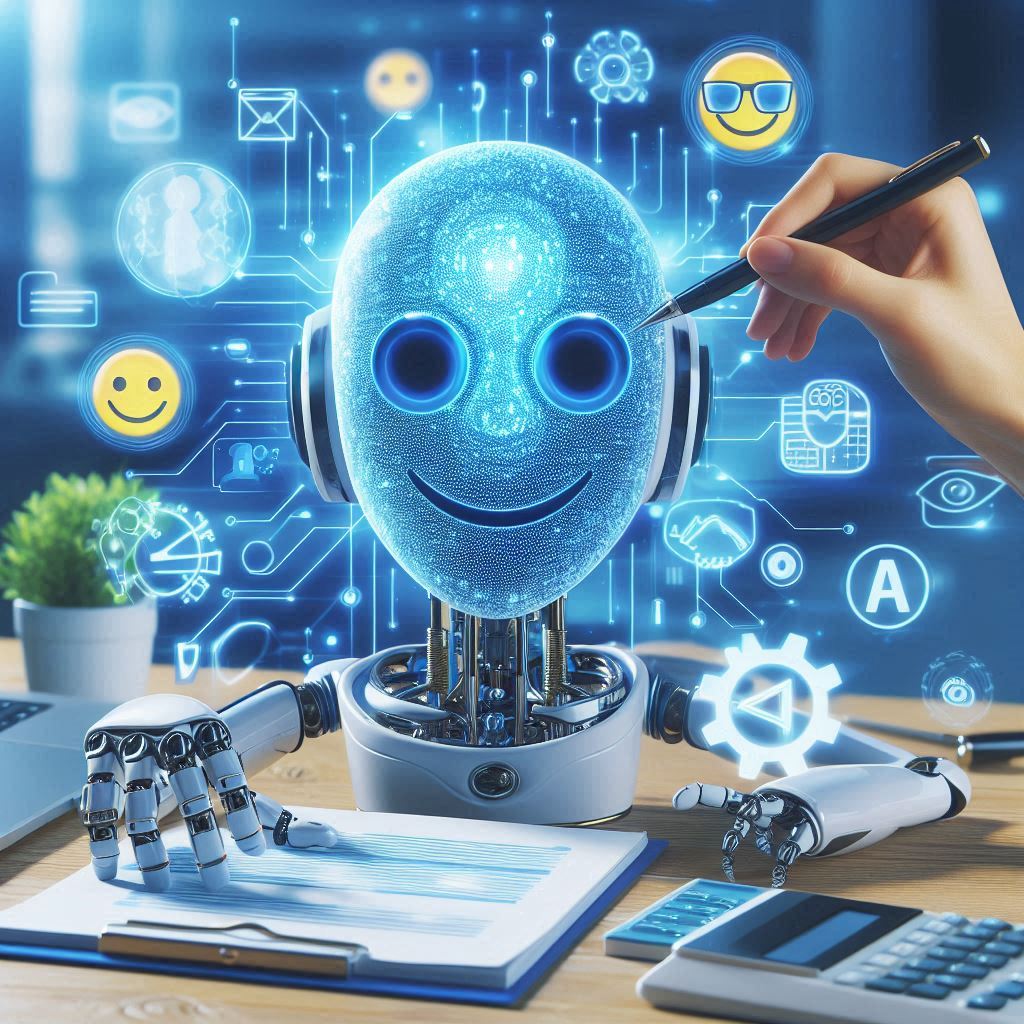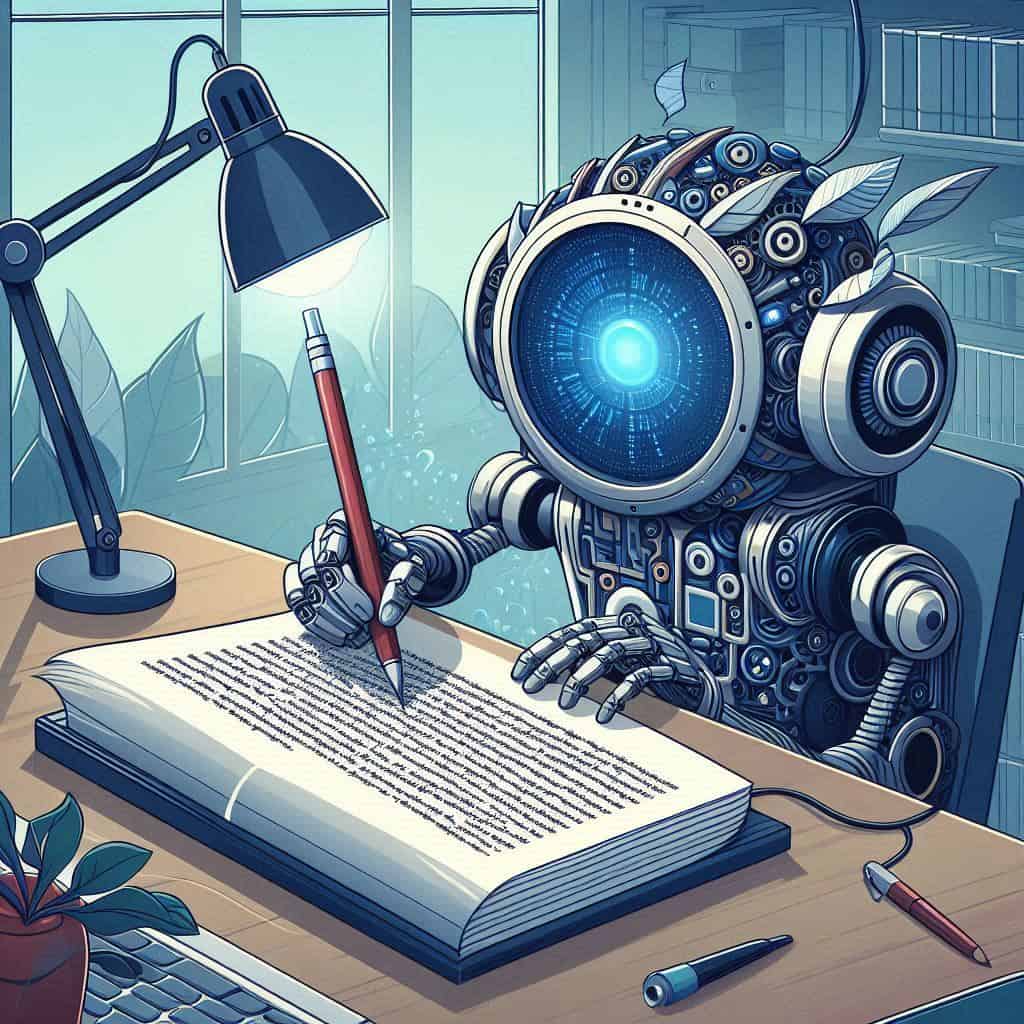
AI Developmental Editing: A Comprehensive Guide
- AI Editing Tools

Introduction to AI Developmental Editing
Have you ever wondered if AI can help you become a better writer? I know I have! I’ve been researching how artificial intelligence is changing the world of writing, and I’ve discovered that AI can be a powerful tool for developmental editing, the process of refining the big-picture elements of your story.
Want to learn how AI can help you improve your plot, characters, structure, and themes? Keep reading to discover:
- The key benefits and limitations of AI developmental editing
- The most popular AI tools available
- Tips for choosing the right AI assistant for you
Let’s dive in and explore how AI can take your writing to the next level!
What is Developmental Editing?
Developmental editing is a crucial stage in the writing process that focuses on the “big picture” elements of a story. It involves analyzing and refining aspects such as plot, character development, structure, themes, pacing, and consistency. Unlike copy editing, line editing, or proofreading, which address grammar, punctuation, and sentence-level issues, developmental editing tackles the core elements that make a story compelling and engaging.
The Rise of AI in Writing and Editing
Artificial intelligence (AI) is rapidly transforming numerous industries, and writing and editing are no exception. AI-powered tools are becoming increasingly prevalent, offering both potential benefits and raising concerns about their impact on creative fields.
Understanding AI Developmental Editing
AI developmental editing harnesses the power of AI algorithms to assist writers in improving their manuscripts. These sophisticated tools can analyze large amounts of text, identify patterns, and provide feedback on various narrative elements.
The Process of AI Developmental Editing
- Inputting the text into the AI platform.
- Selecting specific areas for the AI to focus on (e.g., plot, character development, or overall structure).
- The AI analyzes the text and generates a report highlighting strengths and weaknesses.
- The writer reviews the AI’s feedback and suggestions.
- The writer implements the changes they deem helpful.
Importantly, AI developmental editing is not meant to replace human judgment and creativity. Instead, these tools act as intelligent assistants, providing writers with insights and recommendations to enhance their work.
Benefits of AI Developmental Editing
- 24/7 Availability: AI tools are accessible at any time, allowing writers to receive feedback and guidance whenever they need it.
- Efficiency and Speed: AI can analyze text and generate feedback much faster than human editors, saving writers valuable time.
- Affordability: AI editing tools offer a cost-effective alternative or supplement to hiring human editors, especially for budget-conscious writers.
- In-depth and Personalized Feedback: AI algorithms can delve into the intricacies of a narrative, providing detailed analysis and specific suggestions for improvement.
- Identify Areas for Improvement: AI tools excel at pinpointing weaknesses in key story elements, such as plot, characters, setting, tension, pacing, style, and dialogue.
Limitations of AI Developmental Editing
- Lack of Nuance and Understanding: While AI can process language, it may not fully grasp the nuances of meaning, tone, and subtext.
- Difficulty with Creative Aspects: AI struggles with subjective elements that require human intuition and artistic sensibility, such as tone, voice, wit, and originality.
- Inability to Fully Replace Humans: AI tools should not be viewed as a complete replacement for skilled human editors, particularly for commercially published works.
- Potential for Errors: Like any technology, AI tools can make mistakes. Their suggestions may not always be accurate or helpful, and writers must critically evaluate the feedback they receive.
Popular AI Developmental Editing Tools
- ProWritingAid: This comprehensive writing assistant offers a “Critique Report” that provides feedback on various aspects of a story, including plot, characters, setting, tension, pacing, and style.
- ChatGPT: A powerful language model, ChatGPT can be utilized for a wide range of editing tasks, including developmental editing.
- Sudowrite: This AI writing tool includes features for line editing, copy editing, and developmental editing.
- Wordkraft AI: This platform specifically focuses on developmental editing, offering feedback on structure, character development, and themes.
- Other AI Writing Assistants: Numerous other AI-powered tools are available to support writers, including Grammarly, Jasper, Rytr, and QuillBot.
How to Choose the Right AI Developmental Editing Tool
Selecting the most suitable AI developmental editing tool depends on several factors:
- Budget: Some tools are free, while others require paid subscriptions or offer pay-as-you-go models.
- Specific Needs: Different tools specialize in particular areas of editing.
- Type of Feedback: Some tools provide more detailed and nuanced feedback than others.
- User Experience: Explore different interfaces and features to find a tool that’s user-friendly and intuitive for you.
Thoroughly research various options and compare features, pricing, and user reviews before making a decision. Experiment with free trials or free versions to get a firsthand experience of how different tools function.
The Future of AI in Developmental Editing
AI is poised to continue shaping the landscape of writing and editing. As technology advances, AI tools are likely to become even more sophisticated and capable of providing increasingly accurate and nuanced feedback. However, the human element in developmental editing is unlikely to be completely replaced. Skilled human editors possess a deep understanding of storytelling, a keen eye for detail, and the ability to connect with a writer on a personal level.
Conclusion: Embracing AI for Better Writing
AI developmental editing offers a valuable opportunity for writers to enhance their craft and create more compelling stories. These tools provide numerous benefits, including efficiency, affordability, and in-depth feedback. However, it’s crucial to recognize their limitations and understand that AI cannot fully substitute for human expertise. By embracing AI as a supportive tool and utilizing it in conjunction with human guidance, writers can elevate their work and navigate the complex world of storytelling with greater confidence.
Frequently Asked Questions about AI and Developmental Editing
What is developmental editing?
Developmental editing focuses on refining the “big picture” aspects of a story, including analyzing and improving elements such as plot structure, character development, pacing, themes, and overall coherence.
How can AI assist with developmental editing?
AI tools can analyze your text and provide feedback on various narrative elements, including plot consistency, theme strength, character arcs, and potential plot holes.
Can AI replace human developmental editors?
While AI provides valuable insights and can enhance the editing process, it’s not designed to fully replace human editors. Human editors contribute critical thinking, creativity, nuanced understanding, and personalized feedback tailored to your writing style.
What are some popular AI developmental editing tools?
Several AI-powered platforms offer developmental editing assistance, including ProWritingAid, Wordkraft AI, Toolsaday, Sudowrite, and ChatGPT.
How can I use AI effectively for developmental editing?
- Choose the Right Tool: Select a tool aligning with your specific needs, budget, and desired level of feedback.
- Craft Effective Prompts: Provide clear instructions to the AI, specifying your desired feedback.
- Iterate and Refine: Revise your work based on AI feedback, resubmitting it for further analysis as needed.
- Maintain Critical Thinking: Always evaluate AI suggestions critically and make choices aligned with your story’s vision.
What are the limitations of AI in developmental editing?
- Lack of Human Intuition: AI may struggle with subtle nuances of language, tone, and emotional depth.
- Potential for Bias: AI models can exhibit biases present in their training data, which could influence feedback.
- Over-Reliance: Relying too heavily on AI might hinder your creative judgment and development as a writer.
How does AI impact the human element in writing?
The use of AI in writing raises concerns about maintaining the creativity, imagination, and unique voice of human authors. While AI can assist
Share:

